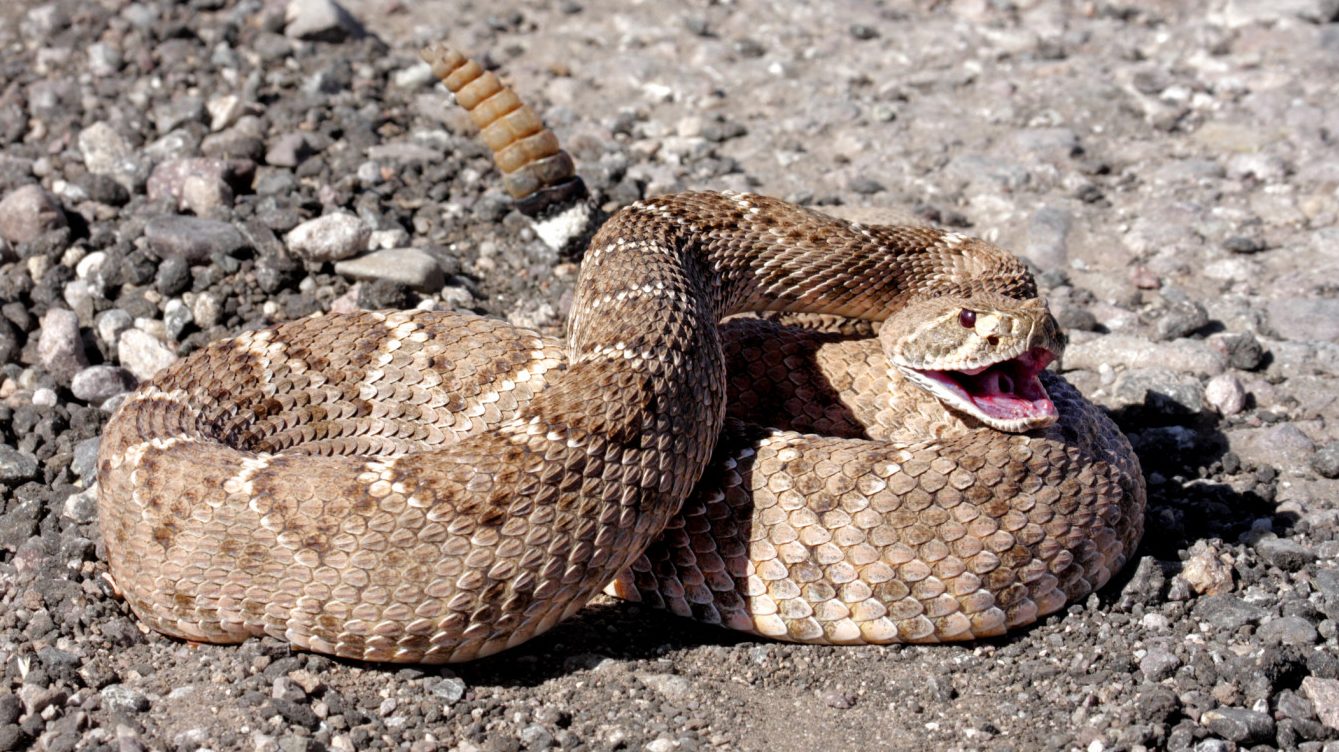Summer is finally here and as heat intensifies throughout California this week, hikers may notice an increased presence of snakes along their favorite trails. Rattlesnakes tend to emerge during warmer weather to navigate their surroundings, potentially resulting in more interactions with people and their canine companions.
Our friends at the East Bay Regional Park District have some rattlesnake safety tips, what to do when you see a rattlesnake, and what to do if you or your pup is bitten by a rattler or other type of snake.
Rattlesnake safety tips
- Avoid hiking alone so you have help in case of an emergency.
- Scan the ground ahead of you as you walk, jog, or ride. Stay on trails and avoid walking in tall grass.
- Look carefully around and under logs and rocks before sitting down.
- Avoid placing your hands or feet where you cannot see clearly.
- For maximum safety, consider keeping your dog on a leash.
What to do if you see a rattlesnake
Leave it alone – do not try to capture or harm it. All park wildlife is protected by law. If you see a snake on a trail, wait for it to cross, and do not approach. Then move carefully and slowly away.
What to do if bitten by a snake
- If bitten by a rattlesnake, stay calm and send someone to call 911. Remain calm by lying down with the affected limb lower than the heart. Getting medical attention quickly is critical – do not spend time on tourniquets, “sucking,” or snake bite kits. If you are by yourself, walk calmly to the nearest source of help to dial 911. Do not run.
- If bitten by any other kind of snake, wash the wound with soap and water or an antiseptic and seek medical attention.
- If you are not sure what kind of snake bit you, check the bite for two puncture marks (in rare cases one puncture mark) associated with intense, burning pain. This is typical of a rattlesnake bite. Other snakebites may leave multiple teeth marks without associated burning pain.
Snakes are an important resource in the natural environment. They are prime controlling agents of rodents, insects, and other reptile populations. Enjoy them from afar and leave them where they are found. It is illegal to collect, kill, or remove any plants or animals from the Park District. Please help us to protect wildlife and their environment for present and future generations.










